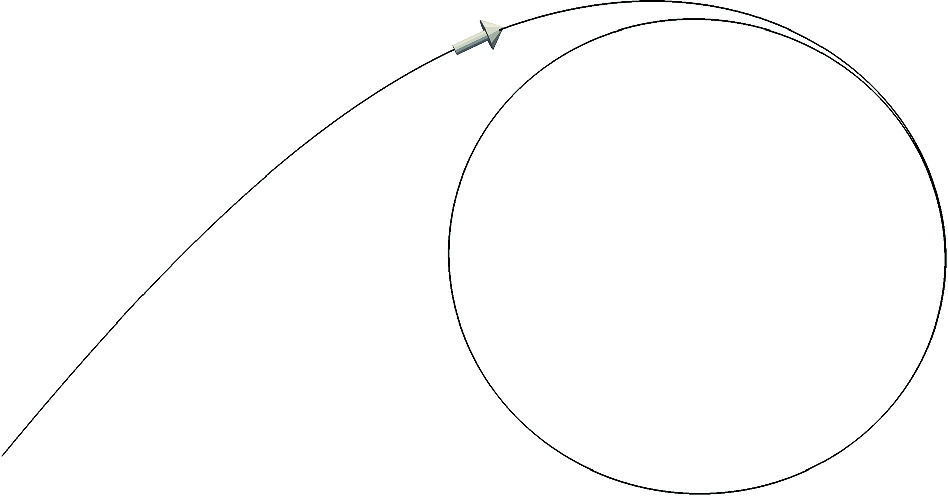https://doi.org/10.1140/epje/s10189-023-00395-3
Regular Article - Flowing Matter
Motility and swimming: universal description and generic trajectories
1
Univ. Grenoble Alpes, CNRS, LIPhy, F-38000, Grenoble, France
2
Department of Biomedical Engineering, Indian Institute of Technology Hyderabad, 502285, Sangareddy, Telangana, India
3
Department of Mathematics, National Central University, 300 Zhongda Road, 320, Taoyuan, Taiwan
4
Department of Applied Mathematics, National Yang Ming Chiao Tung University, 1001 Ta Hsueh Road, 300, Hsinchu, Taiwan
f
chaouqi.misbah@univ-grenoble-alpes.fr
Received:
25
September
2023
Accepted:
11
December
2023
Published online:
26
December
2023
Autonomous locomotion is a ubiquitous phenomenon in biology and in physics of active systems at microscopic scale. This includes prokaryotic, eukaryotic cells (crawling and swimming) and artificial swimmers. An outstanding feature is the ability of these entities to follow complex trajectories, ranging from straight, curved (circular, helical...), to random-like ones. The non-straight nature of these trajectories is often explained as a consequence of the asymmetry of the particle or the medium in which it moves, or due to the presence of bounding walls, etc... Here, we show that for a particle driven by a concentration field of an active species, straight, circular and helical trajectories emerge naturally in the absence of asymmetry of the particle or that of suspending medium. Our proof is based on general considerations, without referring to an explicit form of a model. We show that these three trajectories correspond to self-congruent solutions. Self-congruency means that the states of the system at different moments of time can be made identical by an appropriate combination of rotation and translation of the coordinate space. We show that these solutions are exhibited by spherically symmetric particles as a result of a series of pitchfork bifurcations, leading to spontaneous symmetry breaking in the concentration field driving the particle motility. Self-congruent dynamics in one and two dimensions are analyzed as well. Finally, we present a simple explicit nonlinear exactly solvable model of fully isotropic phoretic particle that shows the transitions from a non-motile state to straight motion to circular motion to helical motion as a series of spontaneous symmetry-breaking bifurcations. Whether a system exhibits or not a given trajectory only depends on the numerical values of parameters entering the model, while asymmetry of swimmer shape, or anisotropy of the suspending medium, or influence of bounding walls are not necessary.
Copyright comment Springer Nature or its licensor (e.g. a society or other partner) holds exclusive rights to this article under a publishing agreement with the author(s) or other rightsholder(s); author self-archiving of the accepted manuscript version of this article is solely governed by the terms of such publishing agreement and applicable law.
© The Author(s), under exclusive licence to EDP Sciences, SIF and Springer-Verlag GmbH Germany, part of Springer Nature 2023. Springer Nature or its licensor (e.g. a society or other partner) holds exclusive rights to this article under a publishing agreement with the author(s) or other rightsholder(s); author self-archiving of the accepted manuscript version of this article is solely governed by the terms of such publishing agreement and applicable law.





